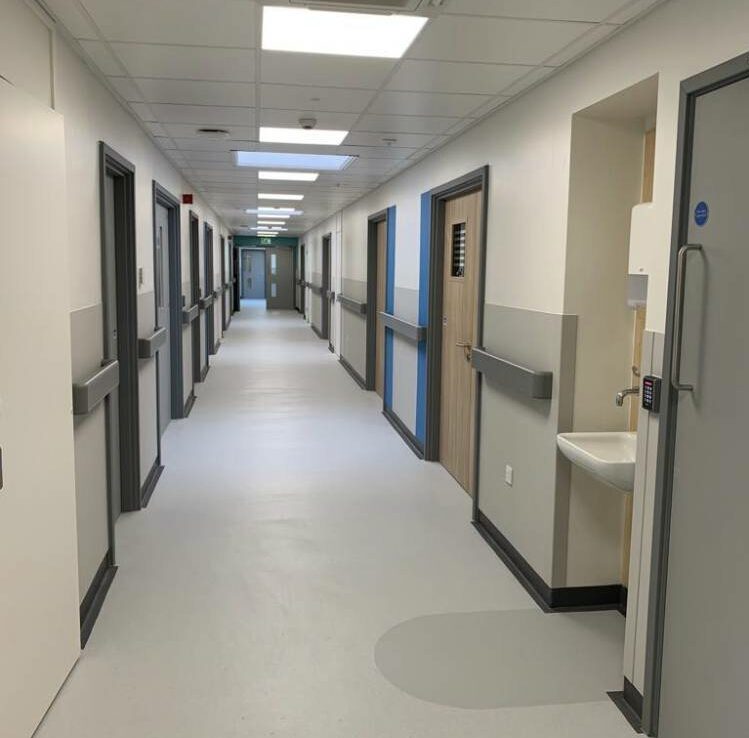This website uses cookies so that we can provide you with the best user experience possible. Cookie information is stored in your browser and performs functions such as recognising you when you return to our website and helping our team to understand which sections of the website you find most interesting and useful.
Chapel Allerton Hospital
CLIENT: LEEDS TEACHING HOSPITALS | TYPE OF WORK: REMODELLING | DURATION: 5 MONTHS | VALUE: £2.2m | SECTOR: HEALTH
Ward 6C at Chapel Allerton Hospital was an old ward that had sat dormant for over 11 years.
With a strong track record for restoring old buildings and contending with the challenges of many high-grade listed buildings over the years, Leeds Teaching Hospitals knew that I&G were the contractors for them. We had already built a strong relationship with the team on several schemes throughout Leeds General Infirmary and St James’ University Hospital, a lot of which were delivered to extremely tight deadlines.
The Trust had confidence that we could deliver under such tight constraints, and so we got to work.
The Challenges
- Some work had to be undertaken in live areas below and adjacent to where the works were being carried out
- Logistical challenges on the 2nd floor meant access needed to be provided by scaffolding with goods hoists provided
- We started on site with much of the design still in the design-stage
- We worked 7 days a week for the entire project, and for a period of 3 weeks to the end of the scheme, we worked 24 hours a day to get the project done in time. This was a result of fast-rising covid cases which meant the existing rehabilitation space needed to be evacuated quickly to increase covid-capacity
- Covid considerations and programme constraints had to be juggled. We had over 50 men on site at times and we had to ensure that safe methods of work were being adhered to

The results
The redundant ward has now been transformed into a vibrant, modernised space that will play a key role in caring and supporting stroke recovery patients.



